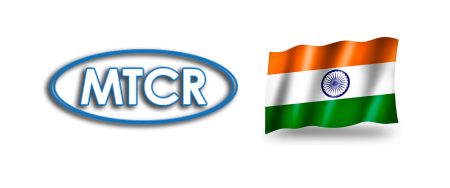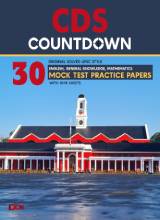Missile Technology Control Regime (MTCR) – All You Need To Know
MTCR or Missile Technology Control Regime is a multilateral export control regime which consists of 35 members including India. Its main objective is to prevent proliferation of missile and unmanned aerial vehicle technology which can carry a payload of 500 Kg for more than 300 Km. It was established in April 1987 by the G7 countries: Germany, Canada, Italy, Japan, France, UK and USA.
India joined MTCR in July 2016, becoming 35th full member and marked first entry in any multilateral export control regime.
In this article we will study all about MTCR which is very important for any exam as well as SSB point of view.
So Let’s start
Important Facts about MTCR
- It has 35 full members including India and four non-adherent members: Israel, Macedonia, Romania and Slovakia.
- It was established to check the spread of Unmanned aerial vehicles capable of delivering nuclear warheads above 500 Kg for more than 300 Km. Later in 1992 it was extended for all types weapons of mass destruction.
- Guidelines of MTCR are further strengthened by “The International Code of Conduct against Ballistic Missile Proliferation” which is also known as The Hauge Code of Conduct.
- China is not a member of MTCR but it has verbally pledged to follow its original guidelines but not to the subsequent additions.
Why MTCR is important for India ?
- MTCR membership will enable India to buy high end missile technology from Russia and also enhance its joint ventures with Russia.
- India can sell its Brahmos missile to other non-member countries like Vietnam with ease.
- ISRO can access the cryogenic technology from Russia for its Space exploration operations.
- India can procure Israel’s Arrow II theater missile defence interceptor to develop an indigenous ballistic missile system.
- India can also purchase UAV’s like Reaper and Global hawk from USA.
- All 34 members of MTCR are members of the NSG. Thus India is assured of support of these 34 members in its quest for NSG membership.
Achievements of MTCR
- Poland and the Czech Republic vanished their ballistic missiles in an effort to join the regime.
- Argentina dropped its joint ballistic missile programme Condor II with Egypt and Iraq.
- Taiwan, Brazil, South Africa and South Korea also withdrew their missiles and space launch vehicle programs.
- It played a major role to hinder Libyan and Syrian missile efforts.
Limitations of MTCR
- It is an informal and voluntary organization not a legally binding treaty. Hence, no punitive measures could be taken against non-compliance to the guidelines of the regime.
- There are incidences of violation of the rules by MTCR countries.China secretly sold solid-fuel, medium-range ballistic missiles DF 21 to Saudi Arabia and France sold the Storm Shadow cruise missile to the UAE.
- The USA had bent some rules to give concessions to some Non-member countries aspiring to join the regime Eg. Ukraine was allowed to retain its Scud missiles, USA also allowed South Korea to develop ballistic missiles of the range of 800 kilometers with a 500-kilogram payload.
MTCR membership has strengthen India’s position as responsible nuclear state and boost its case for the membership of other multilateral export control regimes like the Nuclear Suppliers Group, Australia Group, and Wassenaar arrangement.
India’s own technology which will be developed or made under the flagship programme of ‘Made in India’ which will see free movement out of the country and may boost the programme in return.
So this was it.
Stay tuned to DDE for more.
Jai Hind






 Order Now on Amazon
Order Now on Amazon
